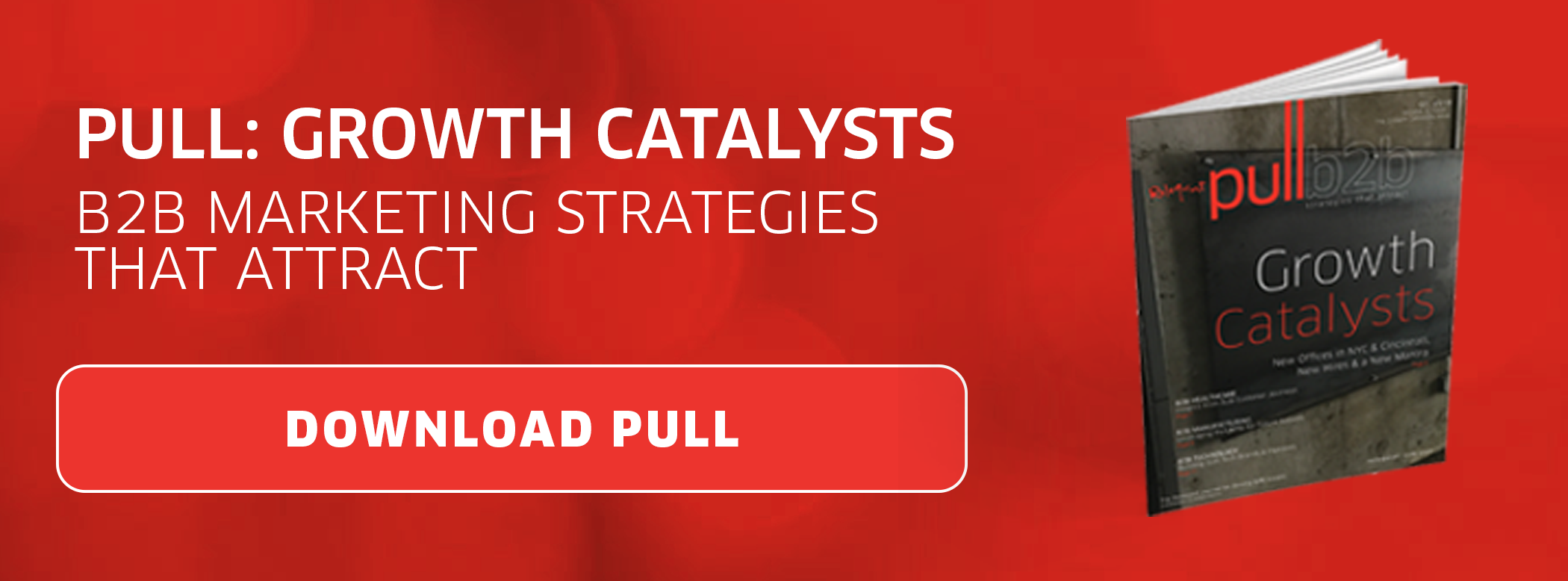 Generating a lot of leads is usually a good thing, but it can be a drain on your sales team if the leads aren't well-qualified. You don't want your best account execs spending time and resources on prospects that are never going to buy when valuable prospects are waiting for a call.
Generating a lot of leads is usually a good thing, but it can be a drain on your sales team if the leads aren't well-qualified. You don't want your best account execs spending time and resources on prospects that are never going to buy when valuable prospects are waiting for a call.
Qualifying B2B leads doesn't have to be a tricky process, and you can get most of the job done with content. Here's how.
Defining B2B Lead Qualification
The first step of the process is to determine exactly what a qualified lead will look like for your company. HubSpot recommends a three-tier process:
- Organization-Level Qualification. Do a preliminary check of basic information, such as whether the prospect is in your territory, whether you sell to their industry, if the company size is a match and if the account fits your buyer persona.
- Opportunity-Level Qualification. At this level, you're determining whether the prospect has a problem that you can solve, and whether your solutions are feasible and practical for their situation. In other words, will the prospect benefit from your solutions?
- Stakeholder-level Qualification. Once a prospect has passed the first two levels, now you determine whether they can actually make the purchase. Consider whether others must be involved in the decision and whether the prospect's budget can accommodate your solution.
Content for Every Tier
Organization-Level
Leads that come in at the organization-level tier have usually been attracted to your site based on advertising and keyword targeting. These visitors are a good preliminary fit, but the question is whether they’ll convert into leads that can be nurtured and further qualified. The best content to offer leads at this stage should be free and easy to access, and hit all the points that visitors are looking for at the earliest stages of the buying process.
First, create blog posts, thought leadership pieces and other broad pieces that generate awareness and interest in your products and services while letting visitors know when the match is way off.
Then, to further sort the wheat from the chaff, Neil Patel suggests using content upgrades, or a more in-depth, detailed piece of content that's related to the page the visitor is currently engaging with. Put these content upgrades behind a form, so that those organization-level qualified visitors convert into leads, providing you with the basic information you need to begin qualifying.
Opportunity-Level
Opportunity-level leads are in the nurturing phase of the sales funnel. You should provide highly-targeted information to maintain their interest and help them reach a purchase decision. In return for this information, an opportunity-level lead will provide additional details about themselves and their company, which will allow you to refine the prospect's qualification.
At this tier, content will often be delivered in the form of emails. Whether part of an ABM campaign, or an automated drip campaign that's built upon the original point of conversion, the content you deliver should unfold based on the choices the prospect makes along the way.
Providing well-timed, highly-relevant content is key here - it should speak directly to the problems your prospect is trying to solve for. This builds trust, and an increased willingness to provide more information, especially if the content is really valuable to them. After a few emails, opportunity-level qualified leads will be ready to part with even more information than an organization-level qualified lead will, in order to download a free trial or sign up for a free consultation.
Pro tip: Use progressive profiling, or dynamic forms that only ask prospects for information you don't already have and for what's appropriate at their stage in the journey. That way, they don't get form fatigue or scoff at questions that seem too personal for the moment.
Stakeholder-Level
Prospects are making their final few considerations at this tier - usually cost-comparisons, implementation concerns and similar specific questions. Your content at this level should be as personalized as possible to overcome these last roadblocks.
Human contact may be needed here, but even if you’re still collecting information online, each piece of content should include methods of gaining the final bits of information necessary for final qualification. While it might not be feasible (or advisable) to ask a lead whether they're serious and ready in an online form, asking for solid details like projected implementation dates and execution plans can help nail down the level of seriousness.
Similarly, asking questions about their ROI can help nail down readiness and budget — or reveal your roadblocks, such as other stakeholders being necessary for a decision.
Quality Over Quantity
It's easy to see how having fewer highly-qualified leads is preferable to a high volume of unqualified leads. Using content — especially in conjunction with an inbound method and automated nurturing — will help you score your leads more accurately, and with fewer ongoing resources. That way, you can save the most costly interactions for the prospects most likely to pay off. ![]()







 By
By 
